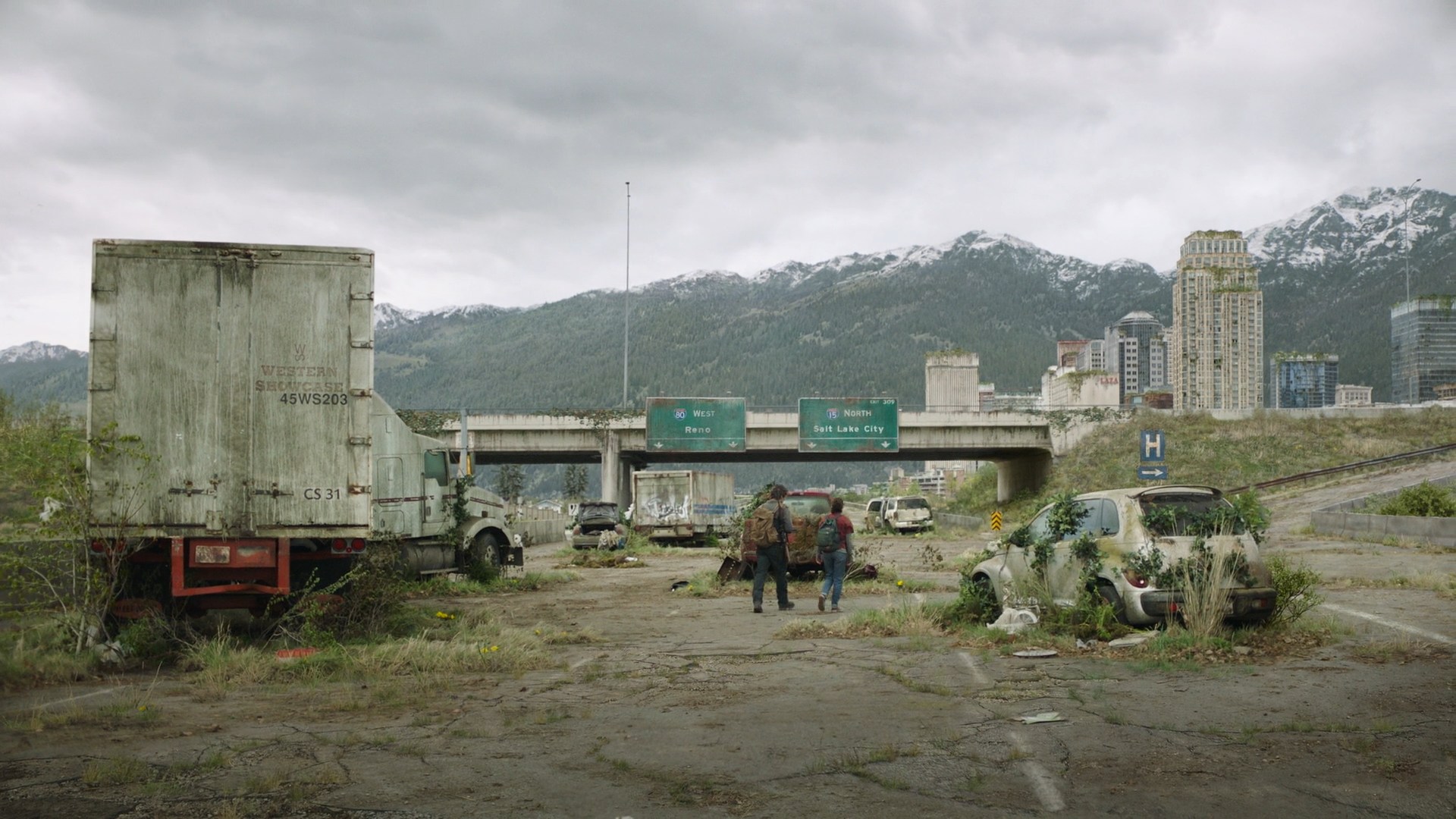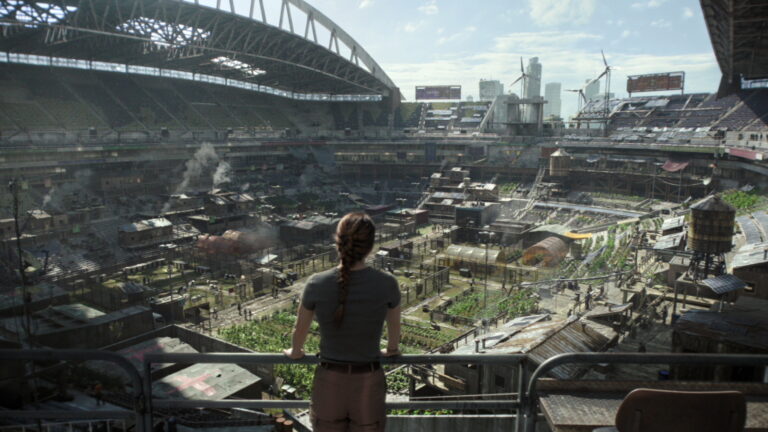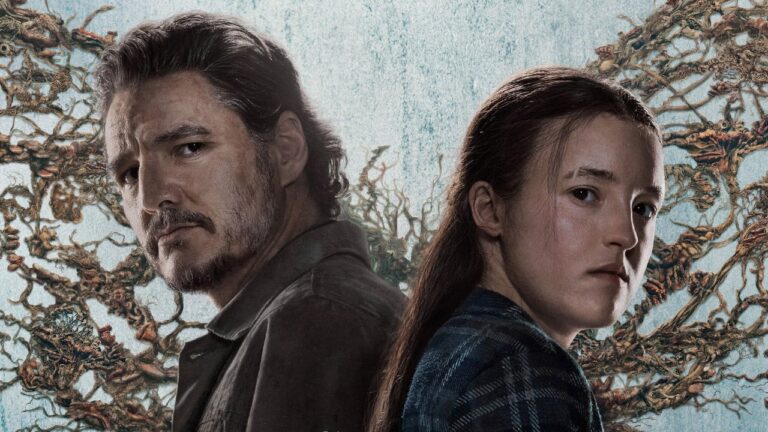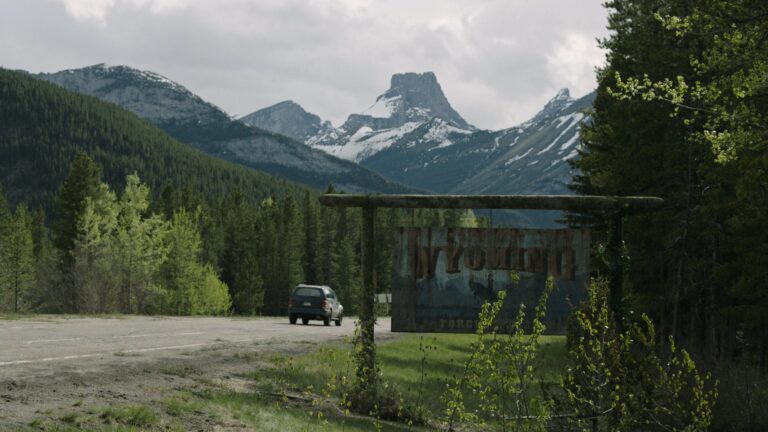If you blinked, you probably missed it: HBO’s “The Last of Us” is trading in frosty Alberta for the lush, moody sprawl of Vancouver. And no, the clickers didn’t force a relocation. The behind-the-scenes reasons unveil a story almost as dramatic as the journey of Joel and Ellie themselves. So buckle up, grab your rain jacket, and let’s take a vivid stroll through Vancouver’s sudden stardom as home to the second season’s infected apocalypse.
Why Move? Let’s Dig In
First off, let’s get one thing straight – the move wasn’t about picking a city with the best sushi, although Vancouver could pull that off. This decision was all about Seattle. Game fans know “The Last of Us Part II” drops its drama and devastation in the Pacific Northwest, most notably the grungy, rain-soaked streets of Seattle. For the HBO crew, finding a real-world city that captures Seattle’s personality wasn’t just a preference; it was a necessity.
Vancouver, you see, offers that sweet spot. The city’s architecture, skyline, and climate are Seattle’s doppelgängers – close enough to fool even the most eagle-eyed fans on Reddit. While filming somewhere like Toronto might’ve raised eyebrows, Vancouver wears Seattle’s shadow like a glove. So, if you catch yourself shouting mid-episode, “Hey, is that the Gastown Steam Clock?”—good eye. That’s Vancouver working its movie magic.
Vancouver: Hollywood North Goes “Clicker Country”
But this isn’t Vancouver’s first rodeo. The city has long been dubbed “Hollywood North” for a reason. Each year, over a hundred TV series and movies hustle through its city blocks, mountain backdrops, and beachfront trails. Shows like “The X-Files,” “Supernatural,” and “Riverdale” have all called it home. For the “Last of Us” crew, this means plug-and-play sets, skilled camera operators, battle-tested makeup squads, and a local economy that knows how to feed hundreds of hungry crew members at short notice.
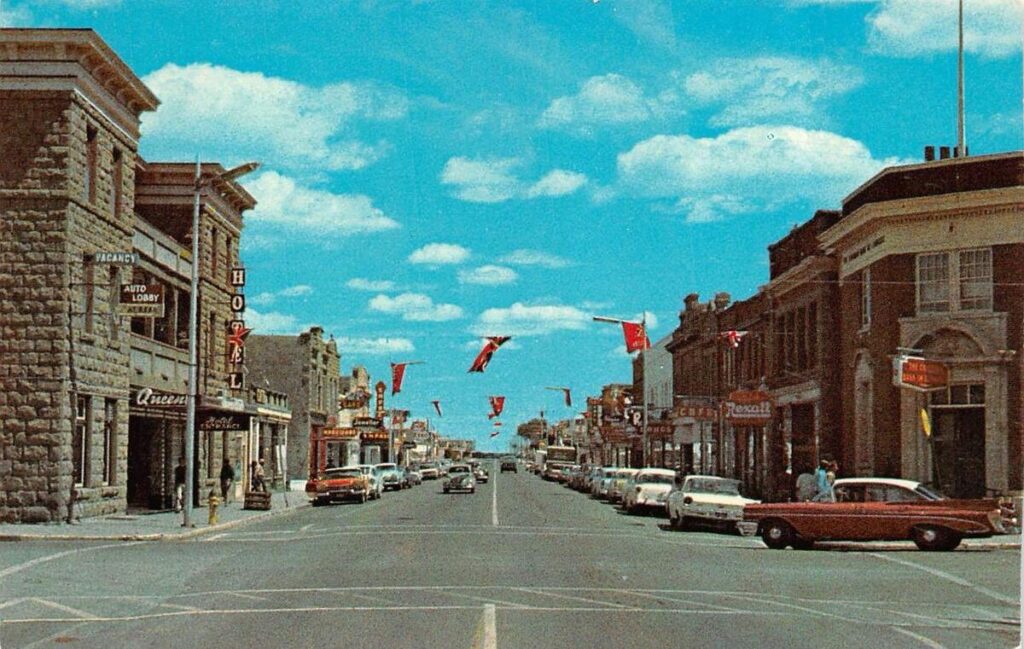
And let’s not downplay the economics. British Columbia practically rolls out a red carpet (that’s probably recycled and ethically sourced). Tax credits – glorious, wallet-pleasing tax credits – cut production expenses like a machete through cordyceps. When you’re pouring millions into high-stakes television, every saved dollar counts. For HBO, the math wasn’t just good; it was obvious.
On the Streets: Where Game World Meets Real World
So where are they filming, exactly? Let’s get specific and keep things spicy. Crews have swept through Gastown, tossing piles of rubble next to chic coffee shops. Suddenly, a heritage street that hosted brunch-goers now oozes abandoned-city vibes. There’s uncanny sets in Chinatown too, where centuries-old architecture lines up perfectly with post-apocalyptic decay.
Then, the crown jewel: Stanley Park. In quieter hours, you might spot extras dashing through heavy brush, camouflage courtesy of the towering cedar and fir trees. This isn’t a backdrop – it’s nature’s own haunted playground, and it cranks up the authenticity tenfold. The Orpheum Theatre, usually a hotspot for symphonies and galas, flexes its versatility as interiors transform into nerve-wracking hideouts or haunted safehouses.
You want Easter eggs? Here’s a basketful, all thanks to those Vancouver landmarks. Devoted fans might play spot-the-location, just as they did during the Alberta-filmed first season. Only this time, the mist and the moss come straight from British Columbia’s untamed landscapes.
Changing Atmosphere: From Snowdrifts to Rain-Soaked Ruins
So, how does the new city transform the show’s mood? Let’s be honest, Alberta set the standard for wide-open, snow-dusted despair in season one. Season two, however, leans into the soggy, overgrown chaos of the Pacific Northwest.
Think more puddles, more moss, and plenty of corners where monsters (and secrets) can lurk. The damp beauty of Stanley Park’s trails replaces prairie flatness, and long shots across Vancouver’s urban sprawl conjure an eerie, imposing skyline that mimics the game’s Seattle almost perfectly. Filmmakers aren’t just recreating the world of “The Last of Us” Part II; they’re unleashing it.

Weather matters, too. Alberta’s bitter cold made for authentic shivering, but Vancouver’s wall-to-wall drizzle ramps up the misery in a way that feels fresh. Everything’s wet. Every shoe squelches. Every character’s hair sticks to their face for half the episode. In other words, viewers are in for some serious immersion – and lots of raincoats.
Bullet Points, for the Detail Oriented
Let’s break it down, because who doesn’t love a good bullet list:
- Gastown: Red-brick roads, historic lamp posts, narrow alleyways decked out in filth.
- Chinatown: Iconic buildings take on an eerie edge, especially when emptied of their usual hustle.
- Stanley Park: A paradise for runners, a nightmare for survivors.
- Orpheum Theatre: From grandeur to gloom at the crew’s command.
Every location serves up new visual treats. Vancouver isn’t settling for generic “urban decay”—it’s painting with a palette that includes Pacific storms, fog, and the persistent green of an unkillable wilderness.
Lights, Camera, Community
But let’s zoom out. The show isn’t just transforming Vancouver; Vancouver’s getting a dose of Hollywood itself. Locals wake to street closures, fake wreckage, and maybe a clicker lurking by their local bakery. The film industry here doesn’t just mean big names for celebrity spotting. It also means actual jobs. Hundreds of supporting roles, production assistants, makeup magicians, drivers – the industry needs them all.
And because the dollars keep rolling, so do the benefits. Local sandwich shops cater cast lunches. Hardware stores supply plywood for quick-and-dirty set builds. Even boutique hotels fill up with visiting crew. Tourists are catching on, too. Fans snap selfies next to “infected” patches of Gastown, making geek travel to Vancouver something the tourism board never saw coming.
If you’re wondering whether Vancouverites mind the occasional traffic jam, word on the street is mostly “no.” Who wouldn’t trade a little inconvenience for the chance to watch Ellie and Joel trade quips around the corner?
The Power of Place: Why It Matters for Storytelling
So why does all this matter beyond the economics and scenery? Great TV thrives on authenticity. When you set a story in the Pacific Northwest, the smallest detail – right down to the moss swallowing a sidewalk – can make or break immersion. Moving to Vancouver means the creative team isn’t fighting the landscape; they’re leaning into it.
Every raindrop, every crack in the cement, every silhouetted skyline adds weight to the story. In video games, it’s all about player agency and digital immersion. On TV, it’s the cinematic texture of the real world that delivers the gut punch. Producers didn’t just want to save a buck. They wanted to raise the stakes, aiming for the kind of atmosphere you can feel in your bones.
And as the Curtain Rises…
Vancouver is now more than a stand-in – it’s a character of its own. When season two lands, viewers will pick up on subtle differences. They’ll taste the salt in the air, feel the dampness press in from every corner, and maybe, just maybe, find themselves huddling on the couch, a little more nervous than before.
Game fans might debate which scenes best nailed the city’s infamous mood. Locals might get a thrill (or a scare) seeing their favorite neighborhoods turned into danger zones. Everyone else? Well, get ready to fall for yet another city – one that’s haunted, hazardous, and oddly beautiful. And if you find yourself suddenly booking a flight to Vancouver, don’t blame us. Blame the magic of “The Last of Us.”

